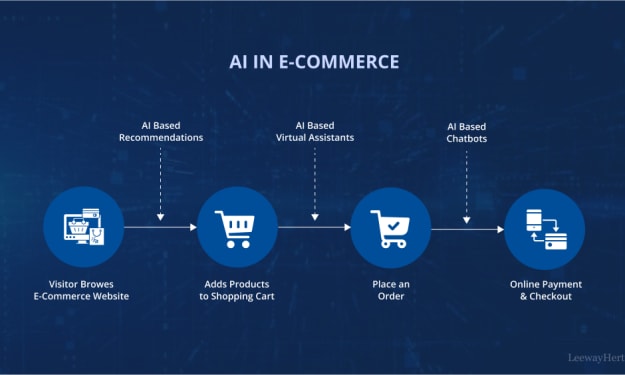How to Build an AI App: A Step-by-Step Guide
Build an AI App

Are you interested in building an AI app but don't know where to start? Building an AI app may seem daunting, but with the right tools and knowledge, you can create a successful app that can revolutionize your industry.
In this guide, we will provide you with a step-by-step guide on how to build an AI app that can help you achieve your business goals. We'll cover everything from defining your problem statement to deploying your app, and everything in between.
Step 1: Define Your Problem Statement
The first step in building an AI app is defining your problem statement. Your problem statement should clearly articulate the problem you want to solve with your AI app. The problem statement should be specific, measurable, achievable, relevant, and time-bound.
To define your problem statement, you should conduct thorough research to identify the needs of your target audience. Once you have identified the needs of your target audience, you can then identify the problem you want to solve with your AI app.
Step 2: Choose Your AI Platform
The next step is to choose your AI platform. There are several AI platforms available in the market, such as TensorFlow, Keras, PyTorch, and more. Each platform has its own strengths and weaknesses, so it's important to choose the right platform based on your project's requirements.
When choosing your AI platform, you should consider factors such as ease of use, community support, scalability, and cost. Once you have chosen your AI platform, you can then start building your AI model.
Step 3: Build Your AI Model
The third step is to build your AI model. Your AI model is the core of your AI app, and it's what makes your app intelligent. When building your AI model, you should consider factors such as data preprocessing, model architecture, and hyperparameter tuning.
To build your AI model, you can use tools such as Jupyter Notebook, PyCharm, and Google Colab. These tools make it easy to build and test your AI model.
Step 4: Train Your AI Model
The fourth step is to train your AI model. Training your AI model involves feeding your model with data and tuning its parameters until it achieves the desired accuracy.
To train your AI model, you can use tools such as TensorFlow, Keras, and PyTorch. These tools provide you with a range of options for training your AI model, such as stochastic gradient descent, adaptive learning rate, and more.
Step 5: Test Your AI Model
The fifth step is to test your AI model. Testing your AI model involves evaluating its performance on a set of test data. Testing is an essential part of building an AI app, as it helps you identify and fix any issues with your AI model.
To test your AI model, you can use tools such as TensorFlow, Keras, and PyTorch. These tools provide you with a range of options for testing your AI model, such as confusion matrix, precision, recall, and more.
Step 6: Deploy Your AI App
The final step is to deploy your AI app. Deploying your AI app involves making it available to your users. When deploying your AI app, you should consider factors such as scalability, security, and user experience.
To deploy your AI app, you can use tools such as AWS, Azure, and Google Cloud. These tools provide you with a range of options for deploying your AI apps, such as containerization, serverless, and more.
Conclusion
Building an AI app can seem like a daunting task, but with the right knowledge and resources, anyone can do it. By following the step-by-step guide we have provided, you can get started on building your own AI app today.
Remember, the key to success is to have a clear vision of what you want your app to do and who your target audience is. This will help you to make the right decisions when it comes to choosing the right programming languages, tools, and resources to use.
About the Creator
Enjoyed the story? Support the Creator.
Subscribe for free to receive all their stories in your feed. You could also pledge your support or give them a one-off tip, letting them know you appreciate their work.





Comments
There are no comments for this story
Be the first to respond and start the conversation.